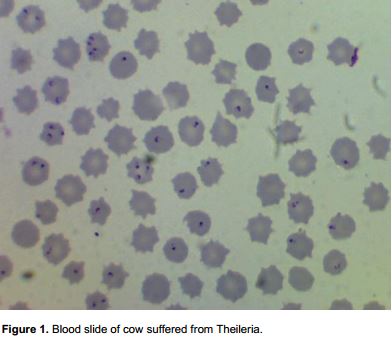



Why Did Theileriosis and Anaplasmosis Spread to Holstein Crossbred Cows in the Indian Himalayas?
Introducing Holstein genetics into the Indian cattle herd has resulted in an emergence of theileriosis in crossbred cows, while native Red Sindhi cattle go unaffected.An Indian study, published in the International Journal of Livestock Production, looked at the deaths of four Holstein cross cows and calves from the Rajasthan area in May 2010.
While both theileriosis and anaplasmosis are both uncommon in Himalayan India, native Red Sindhi cows, apparent carriers of the conditions, introduced the disease and led to the outbreak.
Results and Discussion
A total of 18 higher Holstein crosses with their 10 calves were maintained since 2001. Due to high exotic blood and presence of hot and humid climate during the months of June to September, they have been suffering of heat stress, mastitis, metritis, bloat, repeat breeding and foot rot.
The same has been reported by Johnson and Vanjonack (1976), Alfredo et al. (2008), and Atheya et al. (2011).
Overcoming these problems, it was decided to produce fifty percent Sindhi and Holstein crosses. So, a group of Red Sindhi four cows with four female calves and six heifers were purchased from the villages of Rajasthan and added to the above herd.
After introduction of the Red Sindhi cows, one cross bred cow was sick and did not responded to antibiotic treatment and suddenly died on 23rd May, 2010.
Out of the 16 milk producing cows, seven cows fell sick, the signs observed were rise in body temperature 106° F, dull depressed, emaciated, respiratory distress, and were losing weight. There was complete loss of milk; two cows showed haematuria.
Enlarged lymph nodes were not noticed in any of the cows. Soulsby (1982) has also reported that the disease commences with high fever and anorexia, this is in agreement with the findings of Bhojne et al. (2010).
Conclusion
The present study emphasizes that the animals introduced from Theileria endemic parts of the country viz. Gujarat, Haryana and Punjab to Himalayan region must be quarantined and the ticks removal should be done from their bodies and premises before introducing them in the herd.
Further, the microscopic monitoring of blood protozoa is important when the animals are sick for the differential diagnosis of theileria and anaplasmosis.



